Gardening wisdom may seem evergreen, but not all folklore is rooted in truth. For every useful gardening tip, there’s another that’s a bunch of baloney, including the idea that drought-watering plants never need watering. Read our guide below for 9 gardening myths that we’ve debunked, and how you should address any discrepancies.
Bad Gardening Advice
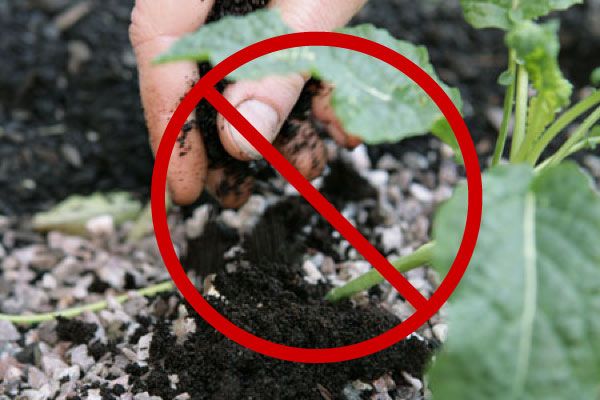
Gardening myths stem from a combination of observation, tradition, and misunderstood science. Many gardeners learn their craft from family members or friends, and pass down some valuable knowledge and some misinformation. Some of these practices may seem logical, but they can do more harm than good. Read about the myths below, and learn how to uncover facts that can help your garden flourish.
Myth 1: Banana Peels Are a Magic Fertilizer
Using banana peels as a fertilizer has gained popularity among gardeners who seek natural solutions. This practice is not as beneficial as many believe it is, though.
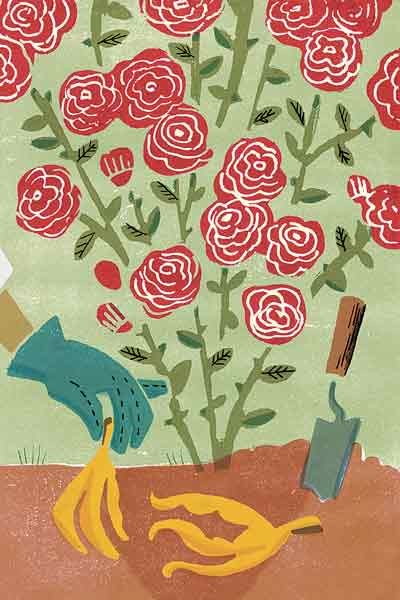
The Truth About Potassium in Bananas
Bananas and their peels contain high levels of potassium, which is an essential nutrient for plant growth and flower production. However, simply burying banana peels in your garden can have unintended consequences. As soil microorganisms break down the peels, they extract significant amounts of nitrogen from the soil. This process can steal nitrogen from your plants, which can hinder plant growth rather than help it.
Better Alternatives for Nutrient-Rich Soil
Use the soil-enriching methods below instead of relying on banana peels to fortify your garden:
- Composting: Add banana peels to your compost pile with other organic materials. This allows bananas to break down properly and work with the rest of the compost.
- Top-dressing with compost: Apply a layer of finished compost around your plants to provide a slow-release source of nutrients.
- Using balanced fertilizers: Choose commercial or organic fertilizers that offer a complete range of nutrients that are tailored to your plants’ needs.
Myth 2: Drought-Tolerant Plants Never Need Watering
Many gardeners assume that “drought-tolerant” plants can thrive without any water. This misconception can lead to neglect and plant stress.

Understanding Plant Establishment
All plants, including drought-tolerant species, require regular watering during their first growing seasons. Plants develop strong root systems during this period that help them withstand future dry spells. Drought-tolerant plants may even need occasional watering after this first period.
Proper Care for Drought-Resistant Species
Follow the steps below to maintain the health of your drought-tolerant plants:
- Water deeply but infrequently to encourage deep root growth.
- Monitor soil moisture, especially during hot, dry periods.
- Apply a layer of mulch to help retain soil moisture and stop water from evaporating.
- Gradually scale back watering frequency as plants become established. Don’t eliminate it altogether, though.
Myth 3: All Organic Pesticides Are Safe
The term “organic” leads homeowners to believe that certain materials are implicitly safe to use, but this isn’t always the case when it comes to pesticides.
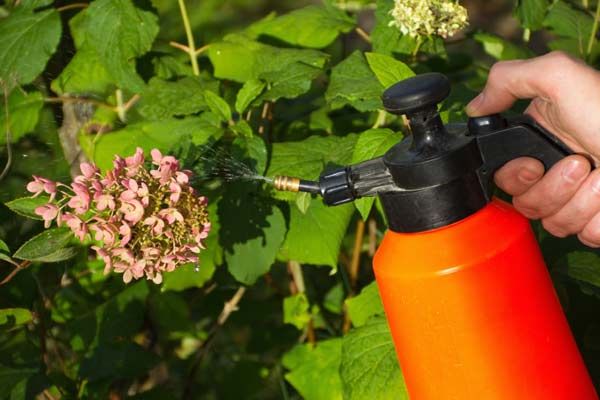
Natural Doesn’t Always Mean Harmless
You can harm humans, pets, and other creatures if you don’t properly use organic pesticides, as these pesticides may contain toxins. Pyrethrin, an insecticide derived from chrysanthemum flowers, can be toxic to bees and aquatic life, for example. Remember that natural substances can be just as potent and potentially dangerous as synthetic ones.
Choosing the Right Pest Control Method
Follow the safe approaches below when you’re dealing with garden pests:
- Beneficial insects: Encourage natural predators such as ladybugs and lacewings to control pest populations.
- Integrated Pest Management (IPM): Use a combination of cultural, biological, and chemical controls to manage pests effectively.
- Physical barriers: Use row covers or netting to protect plants from pests.
- Safer organic options: If you absolutely have to use pesticides, choose products that contain Bacillus thuringiensis (Bt) or insecticidal soaps, which are less of a risk to beneficial organisms.
Myth 4: Coffee Grounds Instantly Lower Soil pH
Many gardeners believe that sprinkling coffee grounds around acid-loving plants will quickly lower soil pH. This practice is not always effective, though.
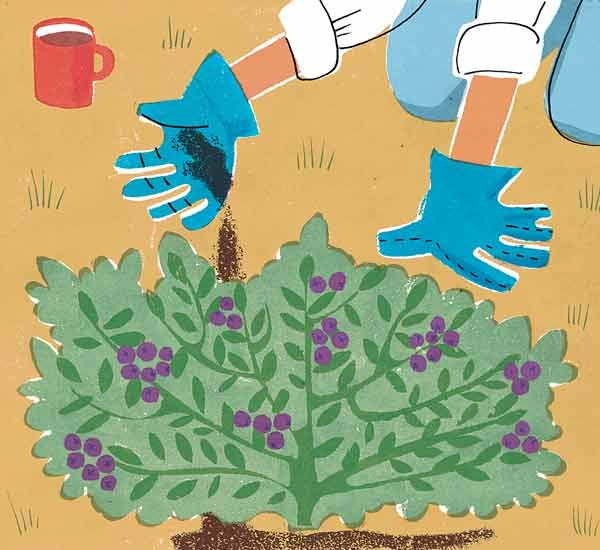
The Science Behind Soil Acidity
Coffee grounds are acidic, but their effect on soil pH is minimal and slow-acting. It’s also worth considering that adding large quantities of fresh coffee grounds can temporarily tie up nitrogen in the soil as the grounds decompose. This can potentially cause nutrient deficiencies in plants.
Effective Ways To Adjust Soil pH
Use one of the methods below to reliably lower your soil’s pH:
- Add organic matter: Incorporate well-rotted compost or peat moss into your soil to gradually lower pH over time.
- Choose appropriate plants: Select species that thrive in your soil’s natural pH to minimize the need for adjustments.
- Test your soil regularly: Monitor pH levels to make sure your efforts are working.
- Use sulfur-based soil acidifiers: These products lower pH effectively and safely.
Myth 5: Fertilizer in Planting Holes Boosts Growth
Many gardeners believe that adding fertilizer to planting holes will give new plants healthy starts This practice can actually hinder plant establishment and growth, though.
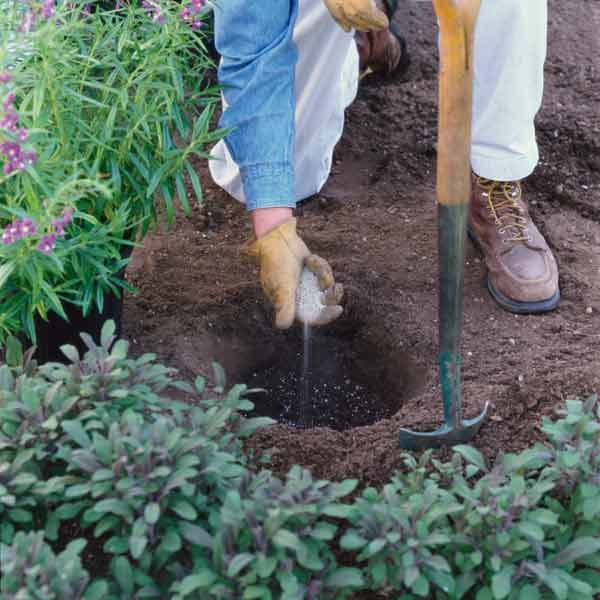
The Risks of Over-Fertilizing
Adding fertilizer directly to planting holes can lead to the following:
- It can burn tender new roots with concentrated nutrients.
- It can create an imbalance in soil chemistry that may negatively affect plant health.
- It can discourage roots from spreading beyond the nutrient-rich planting hole.
These issues can lead to stunted growth, weak root systems, and increased susceptibility to pests and diseases.
Best Practices for Transplanting
Instead of adding fertilizer to planting holes, try these methods to support healthy plant establishment:
- Prepare the entire planting area by incorporating organic matter into the soil.
- Top-dress with a 1- to 2-inch layer of compost around specimens you’ve just planted.
- Apply a 1- to 2-inch layer of mulch, and leave space around the plant’s stem.
- Water thoroughly after you finish planting to help the soil settle and to eliminate air pockets.
Myth 6: Adding Sand Improves Clay Soil
Many gardeners believe that mixing sand into clay soil will improve drainage. This practice can actually worsen soil structure and compound drainage issues, though.
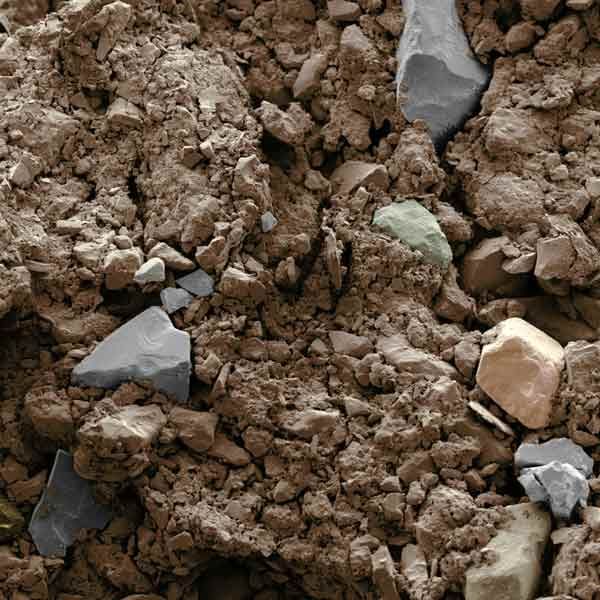
The Concrete Effect
When you add sand to clay soil, the tiny clay particles fill the spaces between sand grains, and create a dense, concrete-like substance. This can lead to even poorer drainage and make it more difficult for plant roots to penetrate the soil.
Proper Methods for Amending Clay Soil
Try the techniques below to improve clay soil structure and drainage:
- Add organic matter: Incorporate generous amounts of compost, well-rotted manure, or leaf mold into the soil.
- Avoid working wet soil: Wait until clay soil is just moist before working with it to prevent compaction.
- Use cover crops: Plant green manures such as clover or rye to help break up clay soil.
- Use raised beds: Build up soil above the clay layer for improved drainage.
These methods will gradually improve soil structure, increase drainage, and create a healthier environment for plant roots.
Myth 7: All Newly Planted Trees Require Staking
Stalking is sometimes necessary, but it’s not always beneficial for new trees. Unnecessary stalking can actually lead to weaker tree growth.
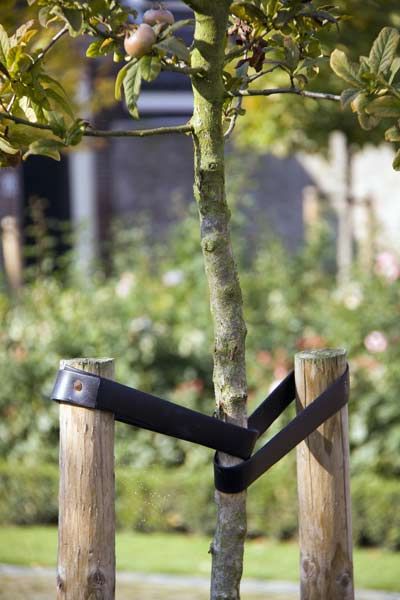
When Staking Is Necessary
Staking may be necessary in the following situations:
- For top-heavy trees with small root balls
- In areas that feature strong, persistent winds
- To protect trees from lawn mower damage or vandalism
Allowing trees to move freely encourages stronger trunk and root development.
Proper Staking Techniques
Follow the guidelines below if you decide that staking is necessary.
- Use flexible ties that allow some movement.
- Place stakes outside the root ball to avoid root damage.
- Remove stakes after one growing season.
- Regularly check and adjust ties to prevent girdling.
Myth 8: Pruning Cuts Must Be Painted
The practice of painting pruning cuts with tar or other sealants is outdated and unnecessary. Research has shown that this technique can actually hinder a tree’s natural healing process.
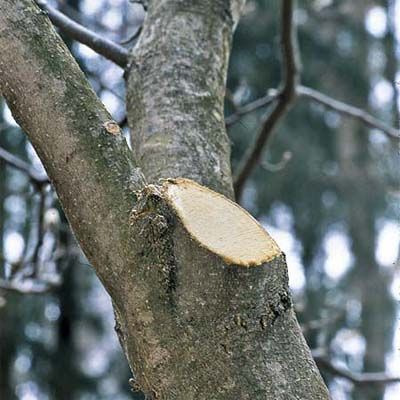
The Tree’s Natural Healing Process
Trees can heal their own wounds naturally through a process called compartmentalization. This involves creating barriers within the wood to prevent the spread of decay. Painting over cuts can interfere with this process and trap moisture, which may lead to fungal growth and decay.
Best Practices for Pruning
Follow the tips below to promote healthy healing after pruning:
- Allow the tree to heal naturally without applying any sealants.
- Avoid leaving stubs or flush cuts against the trunk.
- Make clean cuts with sharp, sterile tools.
- Prune during the tree’s dormant season.
Myth 9: Gravel Improves Container Drainage
Many believe that adding a layer of gravel to the bottom of plant containers can improve drainage. This method can actually have the opposite effect, though.
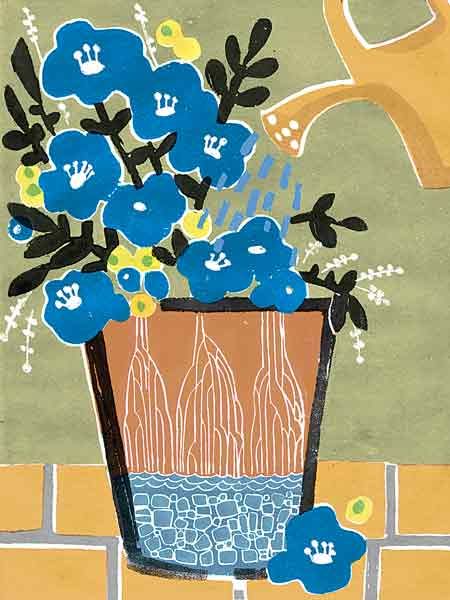
Adding a layer of gravel to the bottom of containers is a common practice that some believe improves drainage. This method can have the opposite effect, though.
The Physics of Water Movement in Pots
Water moves through soil thanks to gravity and the attraction between water molecules. When it reaches the boundary between soil and gravel, it tends to accumulate rather than drain freely. This creates a perched water table, which keeps the soil above the gravel layer saturated. This can potentially lead to root rot.
Creating Well-Draining Potting Mixes
Check for proper drainage in containers by following the steps below.
- Use a high-quality potting mix with coarse materials such as pine bark.
- Add perlite or vermiculite to improve aeration and drainage.
- Choose containers that have adequate drainage holes.
- Elevate pots slightly to allow excess water to escape.
